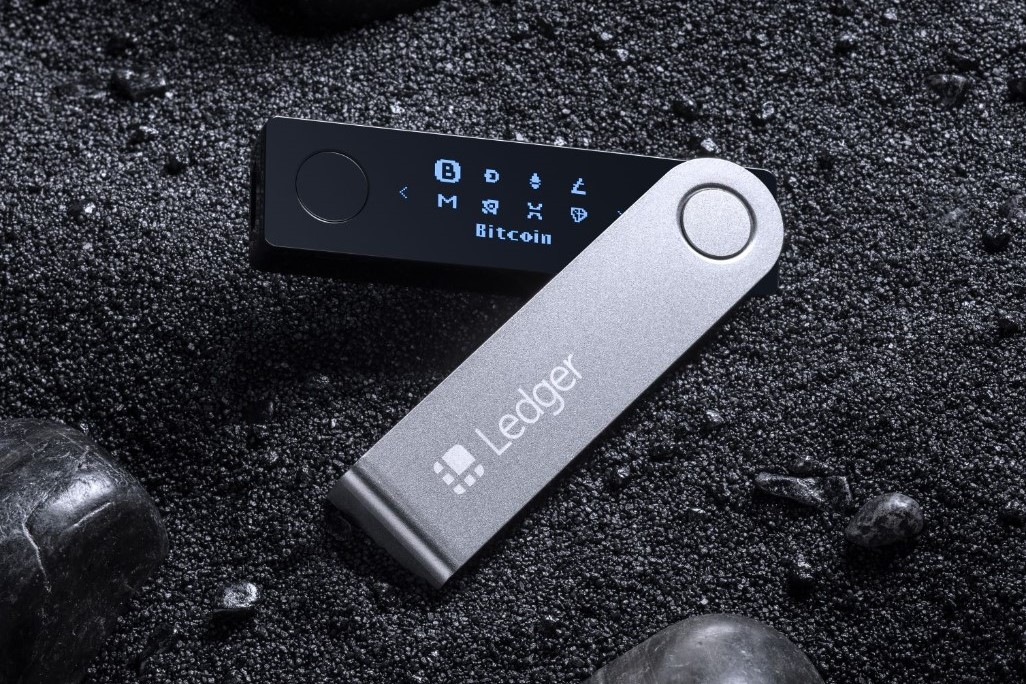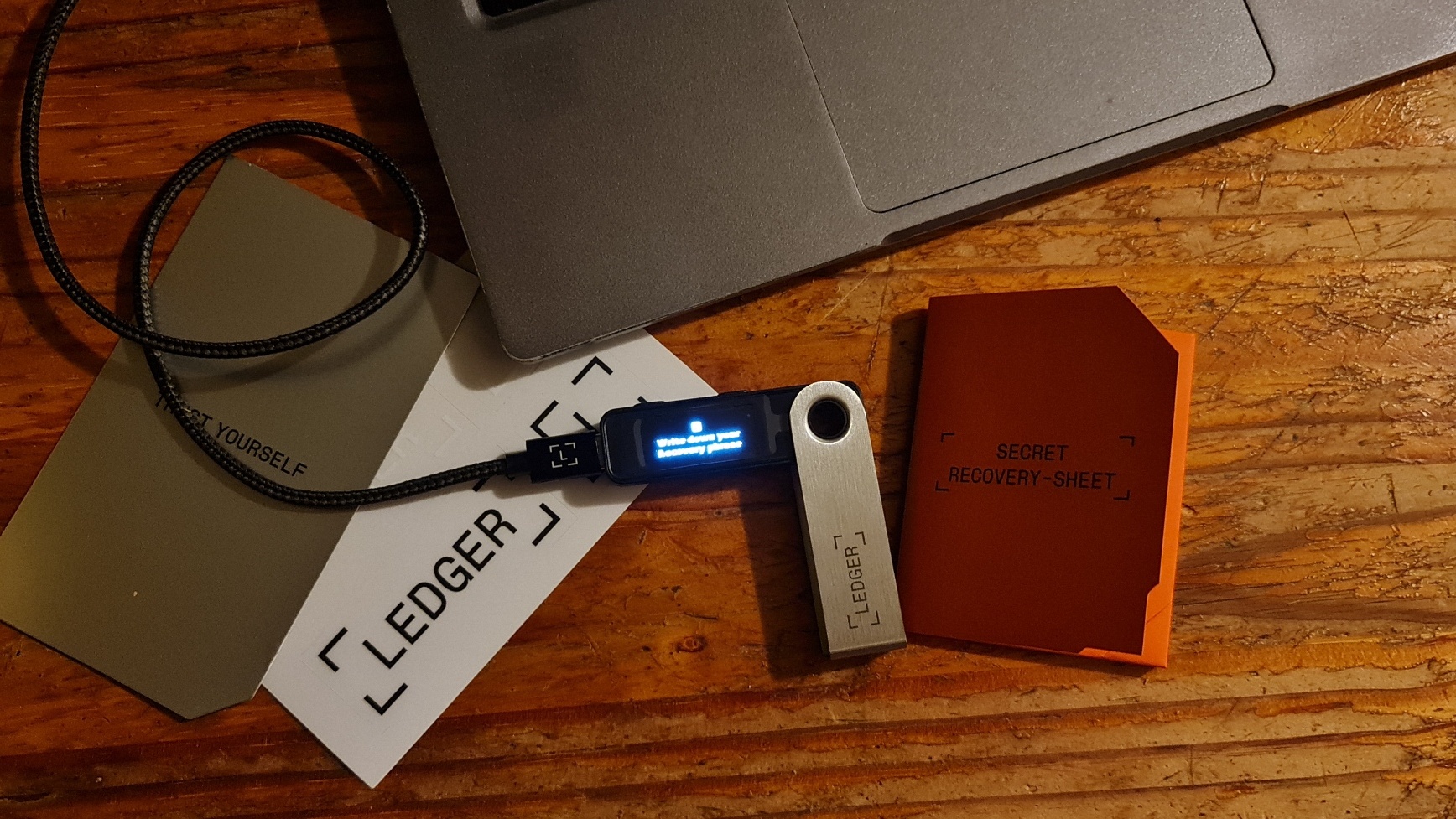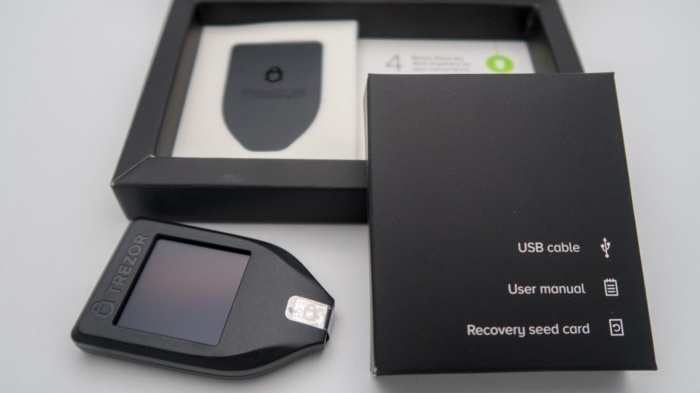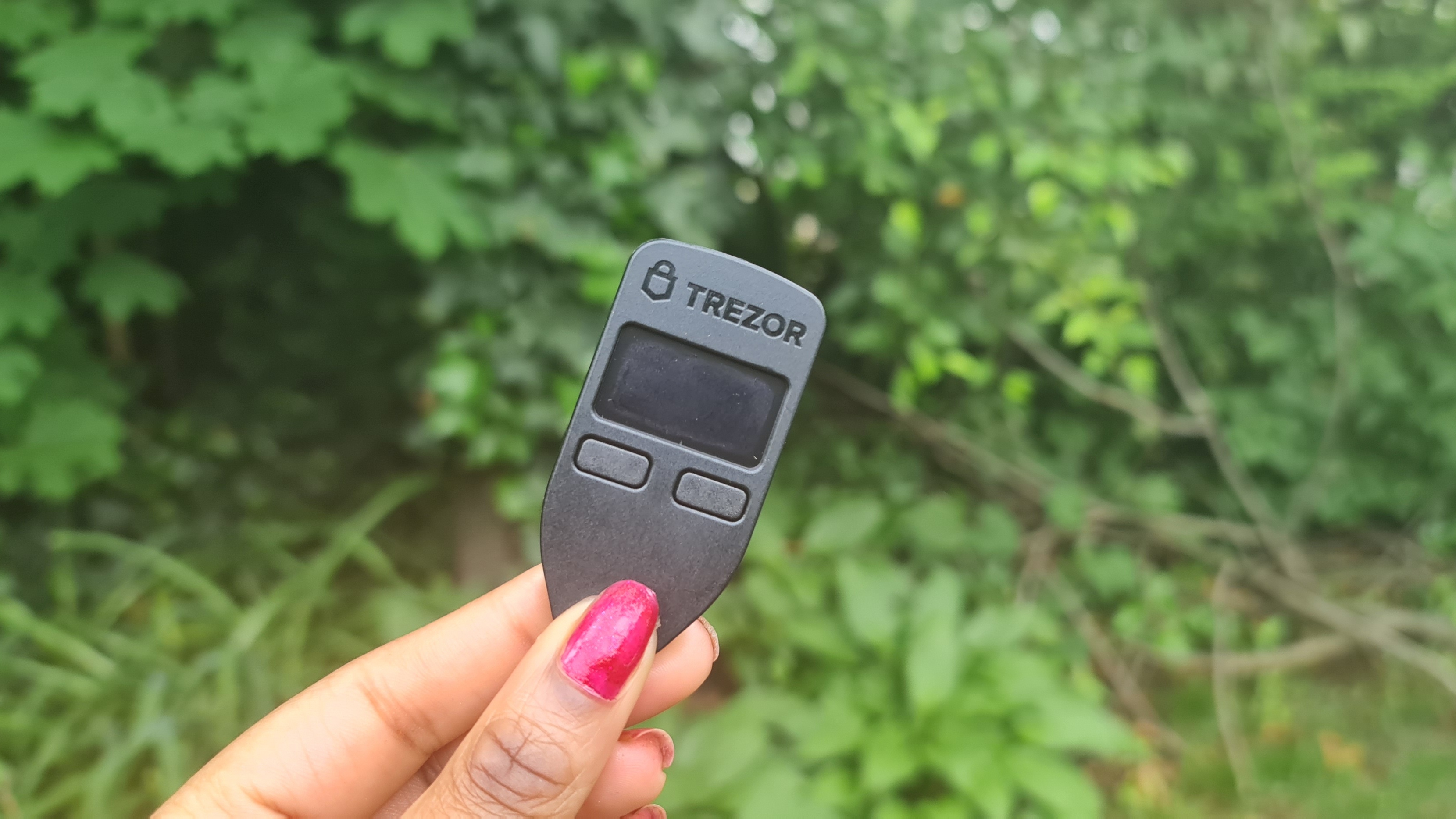Lookin’ for the best crypto wallet? You’ve come to the right place! We’ve reviewed the world’s most popular hardware wallets from Ledger to Trezor’s portfolio, so we know which ones reign supreme.
To add another layer of trust, I actively use hardware wallets daily as a passionate crypto investor. I’ve experimented with hardware wallets to test all of their capabilities, from their build quality and staking mechanisms (a process that lets you earn interest on your crypto) to ease-of-use and NFT support.
The best crypto wallets let you store a wide variety of cryptocurrencies, whether you’re attracted to silly meme tokens or more established coins. They also provide unmatched security features that hot wallets (e.g. Coinbase Wallet) could only dream of offering. And let’s not forget the companion app. A smooth, seamless, bug-free UI is key.
Without further ado, here are the best crypto hardware wallets that will keep your digital assets safe and sound.
What is the best crypto wallet?

The Ledger Nano X is the best crypto wallet on the market. Trust me — there’s a reason why it’s one of the world’s best-selling cold wallets. It has the most wide-ranging support for a cornucopia of cryptocurrencies, whether you’re storing a blue-chip digital asset like Ethereum, or (excuse my language) a crapcoin like SafeMoon.
Whatever you want to store on the Ledger Nano X, it will most likely support it. I cannot say the same for other hardware wallets (e.g. the Trezor Model One).
The Nano X also comes with the best companion app for hardware wallets: Ledger Live. There is so much you can do on Ledger Live that other companion apps don’t offer, particularly staking (earning interest on your cryptocurrencies while you sleep).
One downside of the Nano X, however, has nothing to do with the product itself, but everything to do with Ledger’s sullied security reputation. In July 2022, the manufacturer was hacked; the email addresses of 272,000 Ledger customers leaked. No wallets were compromised, but the data breach put a sour taste in prospective buyers’ mouths.
See our Ledger Nano X vs. Nano S face-off.

The Ledger Nano S Plus is Nano X’s more affordable cousin with a more palatable price tag of $79. Be careful, though! If you’re an iPhone owner, and you wish to use the Nano S Plus with your device, you won’t have that option. The Nano S Plus is only compatible with Android.
However, you can use the Nano S Plus on macOS and Windows just fine. Other than this major limitation, the Nano S Plus is quite similar to the Nano X. It has 1.5MB of storage (the Nano X has 2MB), supports 5,500+ tokens, and offers access to Ledger Live.
Unlike the Nano X, the Nano S Plus is not outfitted with a battery, so you’ll have to keep it plugged in to use it. Its display is also smaller than the Nano X’s panel, so if you have poor eyesight, the Nano X may be a better option.
Overall, the Nano S Plus is an excellent crypto hardware wallet for those who want a taste of the Nano X, but don’t want to spend more than $100.
See Ledger Nano S Plus review.

The Trezor Model T is damn-near twice the price of the Nano X. Why is that? I suspect that Trezor commands a premium price because it’s well aware that people are uneasy about Ledger’s 2020 hack. As such, people are willing to shell out more for Trezor’s solid reputation.
The Model T will set you back $250. It supports more than 1,200 coins, including Litecoin, XRP, Monero, Cardano, and more. Its 240 x 240-pixel panel is larger than the displays on the Ledger Nano X and Nano S Plus, so if more screen real estate is your jam, the Model T is the best option for you.
The Model T’s companion app Trezor Suite is highly minimalistic, only offering the basics. I believe this is by design. The dumber a software is, the more difficult it is to hack. Keep in mind, though, that the Model T is not iPhone-friendly; it only supports Android. However, whether you have macOS or Windows, the Model T works fine.

The Trezor Model One is eight years old — the oldest hardware wallet on this list. It costs $72, which is easier to swallow compared to the $250 Model T. Supporting about 1,000 cryptocurrencies (give or take), this isn’t a crypto wallet for seasoned investors. It’s more beneficial for newbies who want an easy introduction to cold wallets.
Its companion app, Trezor Suite, is simplistic and basic, so it won’t scare off the average Joe. I also think it’s cool that you can upload black-and-white photos to the wallet’s home screen. The picture quality looks like a game ported into a graphing calculator, but still, it’s a pretty neat feature.
Sorry to the iPhone-owning folks once more; the Model One is only compatible with Android. However, it works fine with macOS, Windows, and Linux. Another downside? The Trezor Model One’s build quality is too cheap for my tastes. Still, the Model One is a respected OG that many crypto newbies will appreciate.
See full Trezor Model One review.
How to find the best crypto hardware wallet
The most important aspect you must look at is whether the crypto hardware wallet you want to buy supports the digital assets you’d like to store. If you’re a Bitcoin fan (or you tend to stick with blue-chip cryptocurrencies), you’ll have no problem finding a cold wallet that supports your virtual currencies.
However, if you prefer to venture out into the wild where Dogecoin and Shiba Inu spin-offs roam, you must double check whether your desired cold wallet supports “meme tokens.”
Secondly, some crypto wallets do not support iOS. If you own an iPhone, you must check whether your preferred hardware wallet features iOS compatibility. If it doesn’t, it’s not the end of the world. You can always use your laptop instead.
Thirdly, research the company’s reputation. Although Ledger didn’t experience an actual attack on its wallets, it did face a data breach, which was enough to smear its reputation.
Finally, choose based on your skill level. Seasoned investors should lean toward the Ledger Nano series. It offers Ledger Live, which features advanced features (e.g. staking) and a swath of third-party apps that may appeal to crypto lovers.
Source link
 notebook.co.id informasi dan review notebook laptop tablet dan pc
notebook.co.id informasi dan review notebook laptop tablet dan pc